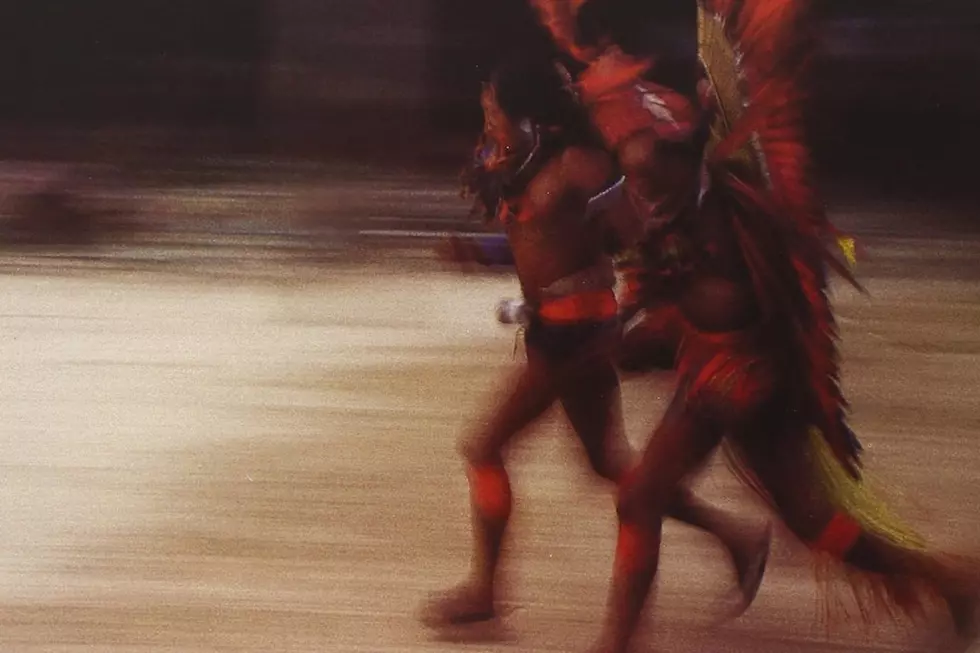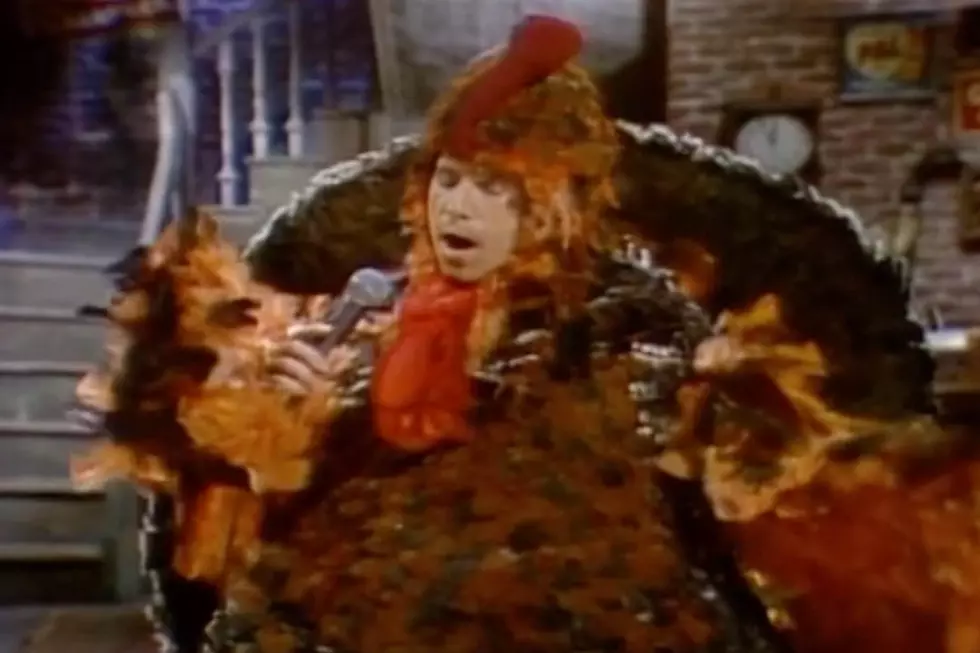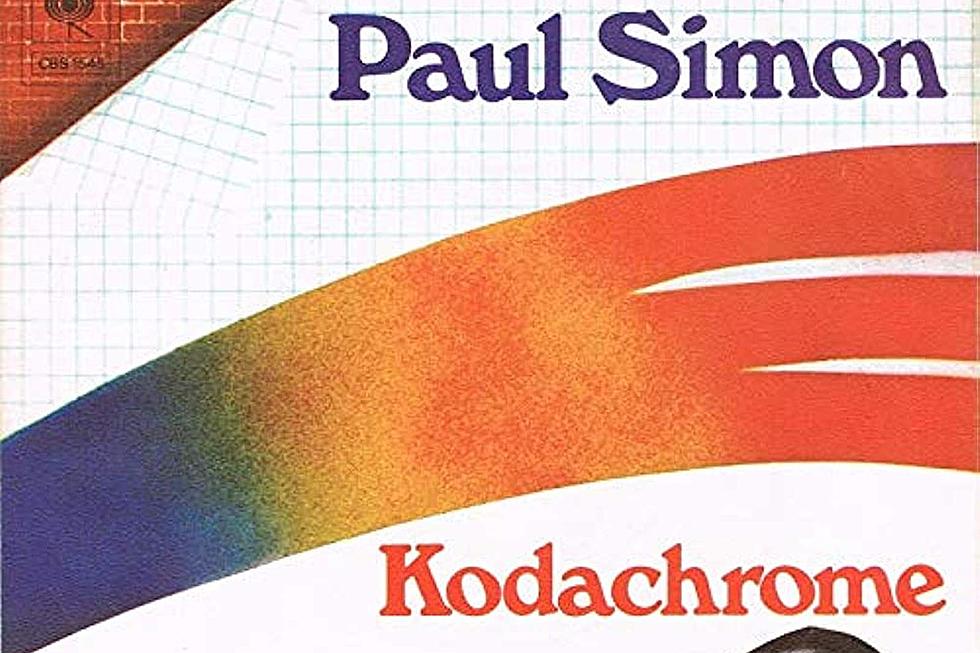
When Paul Simon Took a Darkly Intriguing Turn on ‘Rhythm of the Saints’
Paul Simon could have been forgiven for making Graceland II.
After all, that multi-platinum world-beat classic had remained on the charts for almost two years after its 1986 release. The project earned him a third Grammy for Album of the Year, a rare feat he shared with the likes of Stevie Wonder and Frank Sinatra.
Instead, Simon turned his creative process upside down. Whereas Graceland found Simon among some of Africa's top players, jamming inside a South African studio until something special emerged, The Rhythm of the Saints was born out of a series of Brazilian drum tracks that Simon brought home to complete. West African guitar was the other central musical voice on the album, which arrived on Oct. 22, 1990 after he'd spent time creating narratives to match.
"I waited for the sounds of the drums and the melody to suggest the sound of words, and the words became sentences," Simon told Knight-Ridder News Service in 1990, "and some of those sentences were interesting enough so that they stuck. And from there, by extension forward and back, I wrote the songs."
Simon ended up traveling to Brazil four times between 1988-89, discovering street sounds that would shape The Rhythm of the Saints as much as the vocal group Ladysmith Black Mambazo had Graceland. For instance, Grupo Cultural Olodum – a 10-member drum unit from Salvador – powered the album's opening song, "The Obvious Child." Simon captured the group by putting microphones on telephone poles around their regular performance space.
Listen to Paul Simon Perform 'The Obvious Child'
Host Milton Nascimento, a legendary singer-songwriter in Brazil, added vocals and served as co-author on "Spirit Voices." Flugelhorn-player Hugh Masekela, one of Africa's best-known jazz players, appears on "Further to Fly." Vincent Nguini of Cameroon further defined the songs with distinctive guitar and arranging contributions on songs like "The Coast," "She Moves On" and "Proof."
A number of famous Americans contributed too, from JJ Cale to longtime Eric Clapton and Toto collaborator Greg Phillinganes to Adrian Belew of King Crimson and David Bowie fame.
There was a darker complexity to what emerged, something far more contemplative – and far less mainstream – than its blockbuster predecessor. As such, The Rhythm of the Saints tended to be seen as "a far greater challenge but not a cultural milestone," Simon told USA Today in 2012. The album, which sold three million fewer copies than Graceland in the U.S. alone, could get no higher than No. 4 – while "The Obvious Child" failed to reach the Top 40.
Listen to Paul Simon Perform 'Further to Fly'
Eventually, however, a badly needed reassessment took place, beginning with Paul Simon's fellow musos and then moving out into the general public. This was an album that richly rewarded multiple listens, so it perhaps understandably took a while to reach critical mass.
The Rhythm of the Saints was "most underestimated at the time it was released. Now, it's almost at the level of Graceland," Simon told Billboard in 2011. "At the time, people were a little disappointed because it wasn't as accessible. I understand that. Graceland felt very akin to '50s rock 'n' roll – three chords, major chords, 4/4 time. Rhythm of the Saints was all percussion.
"The polyrhythms were much more different," Simon added, "and I started to write changes that were much more adventurous than the three-chord South African stuff. It took a while [to appreciate] and it came out of the musicians' community – drummers first and then guitarists and then songwriters who would say, 'Hey, that's as good as Graceland.'"
Paul Simon / Simon & Garfunkel Albums Ranked
More From Ultimate Classic Rock









